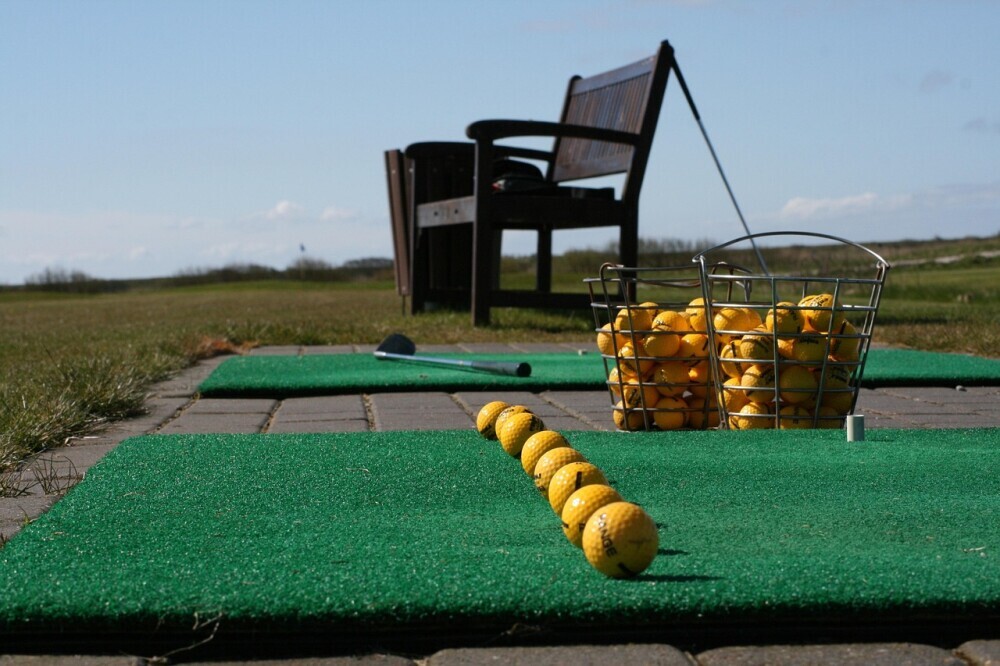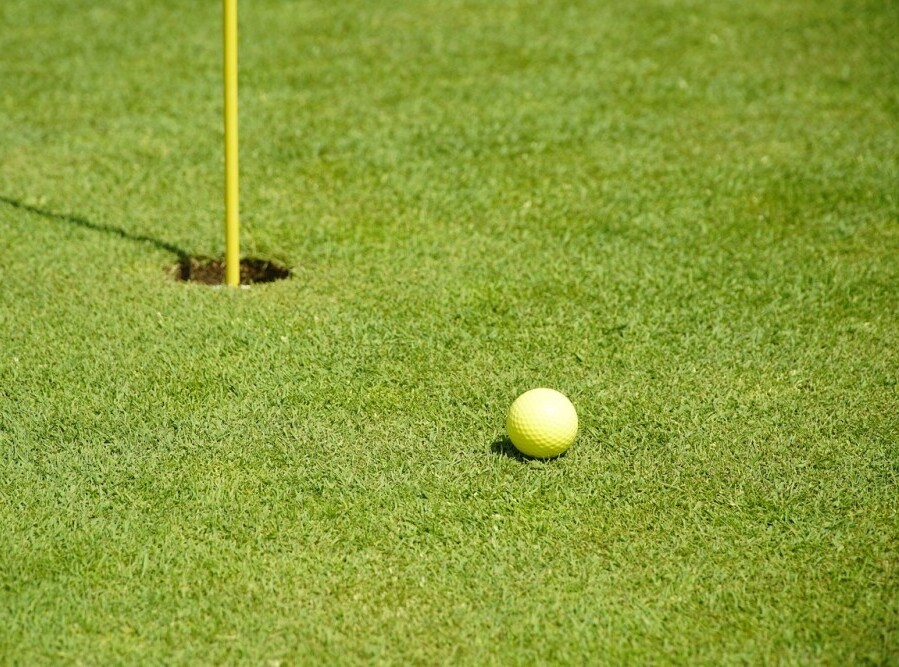What Is A Tee In Golf?
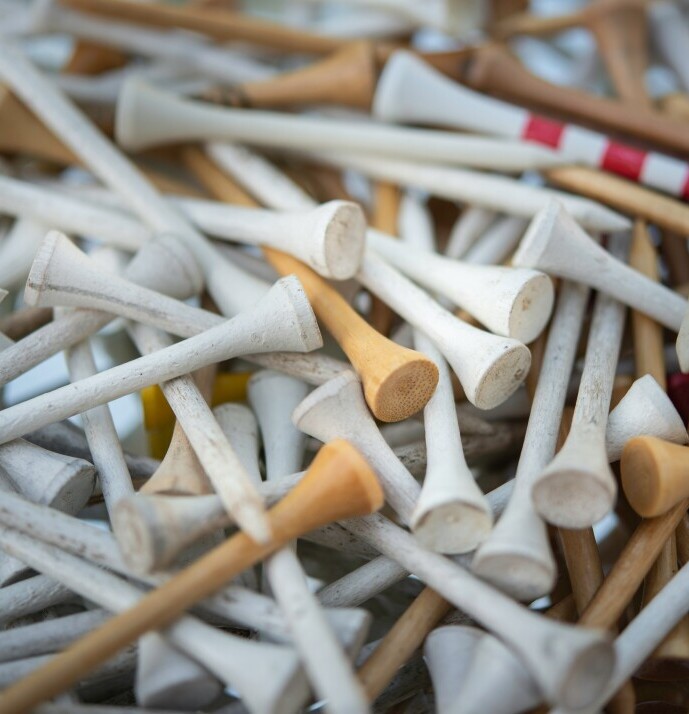

Fore! Quick note: a few links here are affiliate links. If you snag gear through them, I earn a small commission — no extra strokes added to your game.
A golf tee, believe it or not, is one of the simplest yet most essential parts of the game. It’s that tiny peg you place your golf ball on at the start of each hole. This little item might seem insignificant, but it plays a crucial role in giving your ball a nice, clean lift off the ground. Practically, without a tee, getting a good hit – especially with your driver – would be a lot tougher. Come along with the golf viking to figure out what tees are and why it’s golfers need them. And if you golf the way that I do, you’ll need a LOT of them.
Originally, golfers made mounds of wet sand to elevate their balls, messy but effective. Clearly there has to be a better way than spraying sand every time you teed off. Then came the modern golf tee, invented in the late 1800s. This modern tee has evolved, but its primary function remains the same: to assist in cleanly hitting the ball off the teeing ground. It’s a classic example of ‘don’t fix what isn’t broken.’
In the game, a golf tee is used mainly at the tee box, the starting point of each hole. It’s designed to set your ball up at an optimal height for the perfect launch. This isn’t just a formality; it significantly influences the trajectory and distance the ball travels. So, next time you’re setting up your ball on that little stand, remember you’re following a tradition that’s been honed for over a century to give you the best shot possible.
To fully understand the role of the tee, it helps to review the basic rules for golf.
Ready to level up your golf game? Click here.
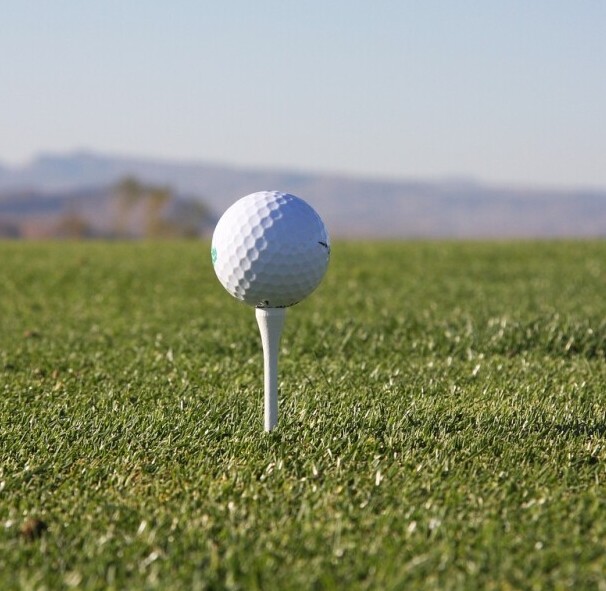
Practical Uses: When and How to Use a Golf Tee
Golf tees are used in various scenarios on the golf course, primarily at the beginning of each hole. The main reason is to give your ball an elevated and stable position, making it easier to strike. But let’s break down when and how to use them effectively. Certain situations may call for them and some may not, but as you gain experience you will know exactly when you should tee off and how high you should put your tee.
When you’re teeing off, especially with a driver or any wood, that little tee becomes your best friend. It sets your ball at a perfect height, letting you hit upward to maximize distance and reduce spin. For iron shots off the teeing ground, you might use a shorter tee or no tee at all, depending on the shot you want to execute. You will see many golfers stick the tee so that it just sticks out of the ground on a par 3 hole when they may be hitting with an iron.
While commonly associated with drivers, tees can technically be used with other clubs too. It’s all about preference and strategy. For example, during par-3 holes, players often use a tee with irons to ensure a cleaner contact. So there may be some cases where you won’t be using a driver, but in most par -4 or par -5 holes you will likely be hitting with your driver or wood.
Tees vary based on golfer categories – seniors, ladies, and men. The only difference here generally lies in the height and angle. Ladies’ and seniors’ tees might be shorter and set at a more forgiving angle to aid those with slower swing speeds. Men’s tees tend to be longer because they usually accommodate the generally faster swing speeds.
Matching the right tee with your performance level and intended shot is crucial. Choosing the appropriate tee can help improve consistency and accuracy. Remember, it’s all about making the game a bit easier for yourself. Don’t be afraid to try different tees, see what fits your style, and stick with what works best for you. Feel free to try any tee you like to see what you can feel comfortable with, but there’s absolutely nothing wrong with using a plain old standard wooden tee. There’s no need to get too fancy here. But if you so choose, let’s go over some other types of tees that you may want to test out to help better your game.
The distance of your tee shot often determines how close you can get to reaching greens in regulation in golf.
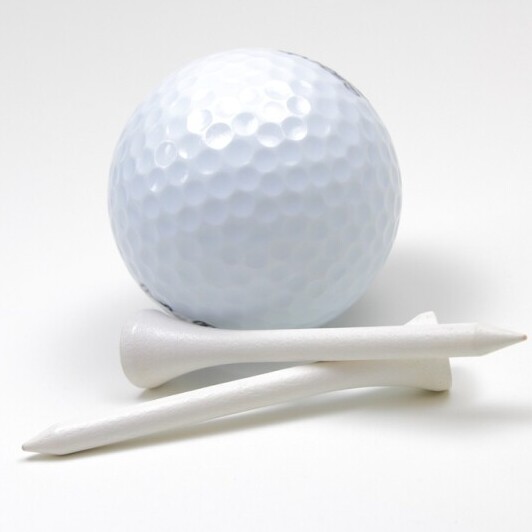
Diving Deeper: Types of Golf Tees and Tee Boxes
When you talk about golf tees, there’s quite a variety out there. From traditional wooden tees to modern plastic ones and even some quirky options like brush tees, each type brings something different to the table. Wooden tees are the classics. They’re biodegradable, sturdy, and provide great stability. Plastic tees, on the other hand, are more durable and less likely to break, but they aren’t as eco-friendly.
Then there are brush tees. They come with a creative design featuring bristles that hold the ball. This minimizes resistance and can, theoretically, help achieve longer drives. You won’t see these as often on the golf course, but if you feel the need to experiment with your tees then give it a shot!
Bamboo tees have also become a favorite for those looking for an eco-friendly option without sacrificing durability. Each type has its pros and cons, so experimenting with them can help you find what works best for your game. There’s no one size fits all tee. Anybody can use their own personal preference, but there’s no need to overthink things. A standard wooden tee can still be used for a great golf game.
Now, let’s talk about the tee boxes. These are the starting areas for each hole on the golf course, clearly marked and often color-coded. Red tees are usually for ladies, white tees for amateurs or club members, and blue/black tees are used by more experienced players or professionals. The location of the tee box affects the difficulty level of the hole, adding a strategic layer to the game. For instance, a tee closer to the hole means a shorter, easier drive, while one further back demands more power and precision.
Understanding these different factors can genuinely elevate your game. Picking the right tee and adjusting to the tee box you’re using helps you strategize better and make your game more efficient. Whether you’re a newbie or a seasoned golfer, paying attention to these details ensures that your equipment works in your favor. It’s all about making the course work for you, not against you. I’ll see you on the tee box!
Strong tee shots play a huge role in overall golf scores explained.
